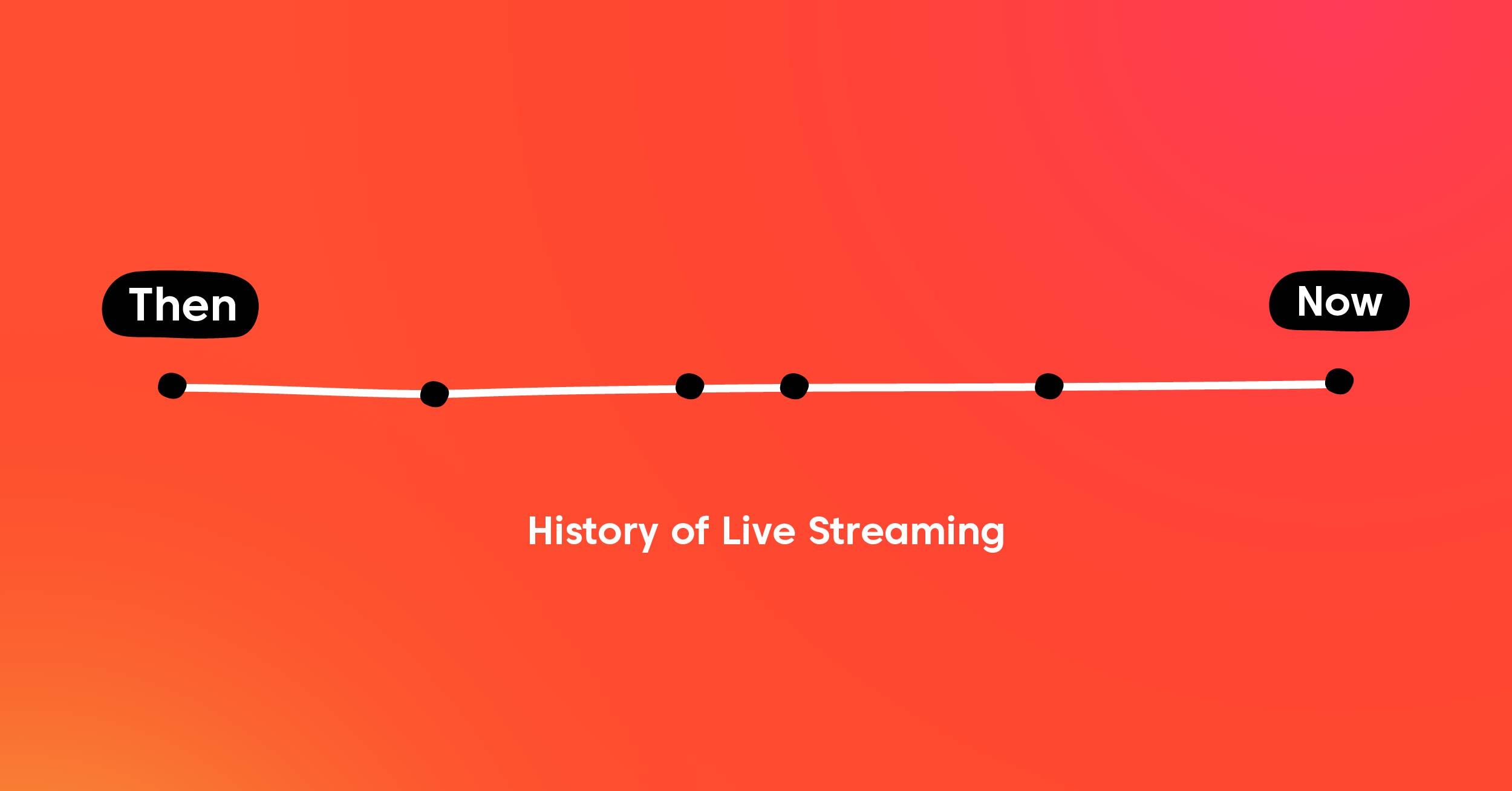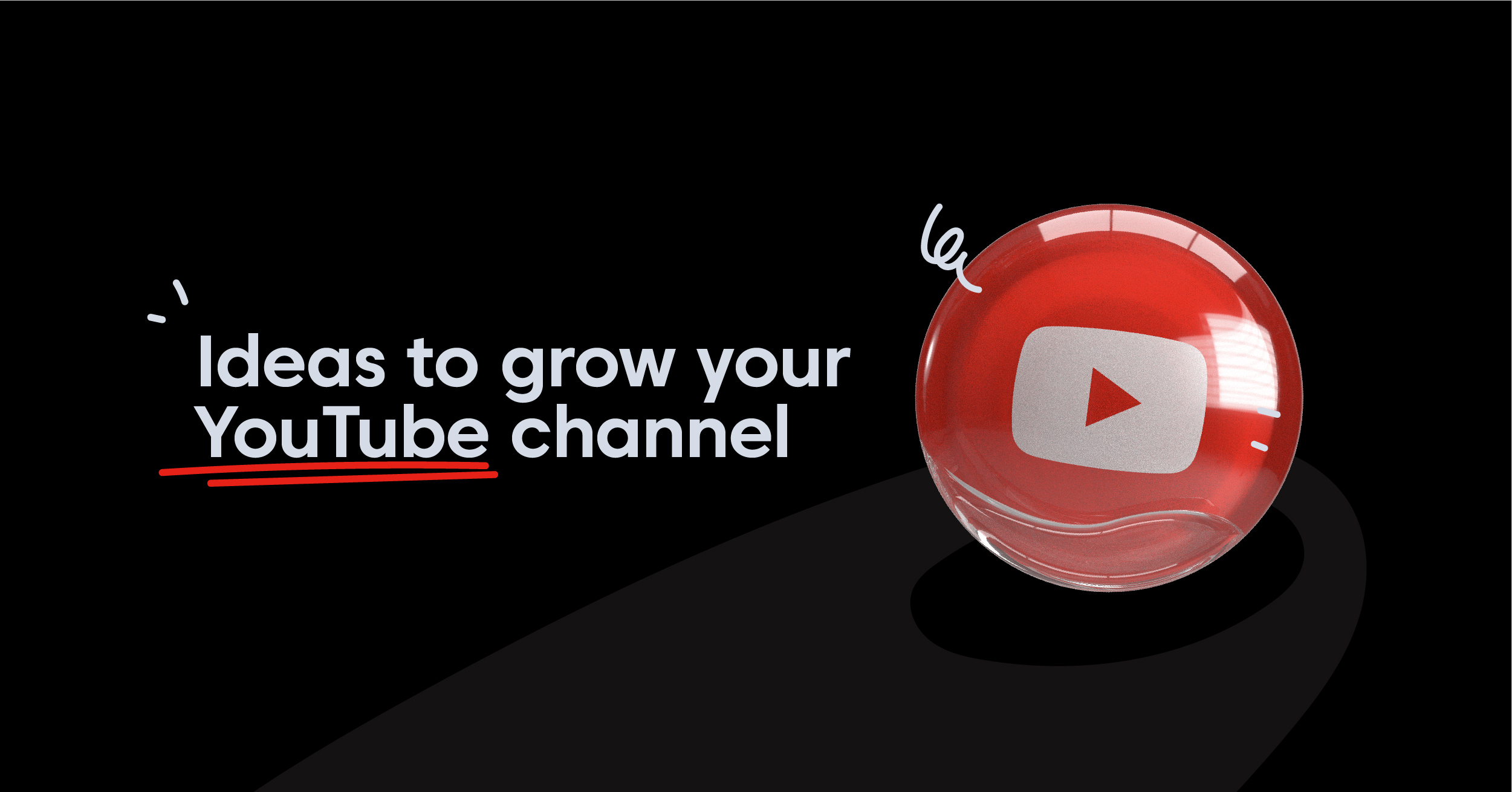4K videos used to be the dream resolution for video streaming that seemed to be out of our reach. That time is long gone now that H.265, the successor of H.264, is here to make high-quality streaming a dream comes true. H.265 is gaining attention as streaming services like Netflix or YouTube are growing significantly in recent years.
H.265 is promised to open up a new era in video compression. However, its popularity shows how much hesitation is holding back applications of H.265 in the streaming industry.
What are the reasons for this? Continue reading to see a comparision of H.264 vs. H.265? Additionally, this article will walk you through the basics of these codecs, plus the overview of both H.264 and H.265 for your consideration.
What is H.264?
H.264, also known as AVC, or Advanced Video Coding, describes the recording, compression, and digital video content distribution. Compared to its previous standard video protocols, MPEG-2, H263, or MPEG-4, H.264 offers good video quality at a considerably lower bitrate.
The codec uses a block-oriented, motion-compensation-based video compression standard to process frames in a video. These block units are called macroblocks. The macroblocks usually consist of 16×16 pixel samples that can be chopped down to transform blocks and prediction blocks to create an H.264 bitstream. The inverse transform and reconstruction are then processed by the video decoder to create a video sequence for distribution.
The H.264 video codec offers some advantageous features for the final product. The video output is compressed with good quality and able to keep the quality image as well. Lastly, H.264 provides good flexibility in transmitting and preserving the video.
What is H.265?
H.265 is the improved version of H.264. It also goes with the name High-Efficiency Video Coding (HEVC). HEVC leverages the technology behind its precedent and improves the coding efficiency substantially.
While H.264 uses macroblocks, H.265 processes information in the Coding Tree Units (CTUs). In comparison, the macroblocks can span 4×4 to 16×16 block sizes, whereas the CTUs can handle up to 64×64 blocks when encoding. The higher number allows for more efficiency in compressing information and video data.
With H.265 compatible devices, viewers can enjoy much higher quality streams with less bandwidth and processing power requirements to decompress the video data. HEVC is the technology that makes 4K streaming possible over common network speeds.
Streaming with h265 format will allow us to get a higher quality video, but at lower bitrates. This is because the compression and encoding process of this type of codec results in less data being sent over the internet which means we don’t need as much bandwidth for viewing it on our devices. You can check the optimal bitrate for h265 format by using this bitrate calculator tool.
H264 vs. H.265, Which One to Choose? The Limitations of H.265
As H.265 is the most recent technology for encoding video, some might prompt to use it for all the latest improvements that surpass the H.263. However, the truth is more complicated than that.
HEVC is better in compression efficiency – an HEVC file only takes up about half as much storage space as an equivalent ACV file. Thus, an H.265 stream will consume less bandwidth than an H.264 one. Although H.265 seems like a better choice for streaming, you also need to consider its limitations before making any decision.
High latency
When livestreaming, one of the biggest concerns is the latency of the broadcast. HEVC is capable of creating a smaller compressed video when compared with AVC, but the time it takes to process the compression might be longer.
Latency will be the tradeoff for less bandwidth consumption and smaller file size. H.265 will take more time to do the actual compression and delay the video delivery when sending the video.
Limited adoption
Although H.265 has been available for use for quite some time now, its application still requires specific supported hardware and software encoders.
HEVC’s patent licensing conditions cause this issue. The AVC codec has just one patent licensing; meanwhile, HEVC has four: HEVC Advance, MPEG LA, Velos Media, and Technicolor. This fact complicates the adoption of H.265 and makes it more expensive for manufacturers to produce at a larger scale.
Limited support for browsers
The majority of internet browsers do not yet support HEVC. So far, there are only Edge, Internet Explorer, and Safari. The device running the browser for HEVC videos must also have built-in HEVC hardware encoding for the task.
Meanwhile, back in 2013, Cisco made H.264 open-source for implementations and released it as a free binary download. This has created a boost in the adoption of AVC, making it much easier to use as the industry standard for encoders.
The demand for low bandwidth, high resolution is low
An HEVC stream indeed requires less bandwidth from the network connection than AVC, enabling high-quality video streaming for low upload speed connections. In fact, the average global internet upload speed of 44.1 Mbps for fixed broadband connections is enough for 4K streaming over AVC.
For places with slower internet speed, adaptive bitrate technology (ABR) can help solve the problem. By applying adaptive bitrate, the viewers can get the highest video quality depending on their available bandwidth. Technologies like ABR make streaming with AVC a more feasible choice over HEVC as long as the requirements for quality are not significantly high.
Final Thoughts
In short, adopting the new H.265 video compression is challenging, yet it is much needed. Apple’s iOS and Windows 10 OS have already made their moves to start supporting this codec and deliver higher quality streaming for its users.
Right now, the change to H.265 is not yet urgent, but it is inevitable. In the years to come, the demand for livestreaming will continue to rise along with improvements in technology and devices to deliver higher quality in more efficient ways. While HEVC’s presence in the streaming market is not yet significant, it is important to consider investing in H.265 supported devices to prepare for tomorrow.
Join 200,000+ streamers worldwide
With Castr, you can easily livestream videos on any platform in no time.
No Castr Branding
We do not include our branding on your videos.
No Commitment
No contracts. Cancel or change your plans anytime.
24/7 Support
Highly skilled in-house engineers ready to help.








